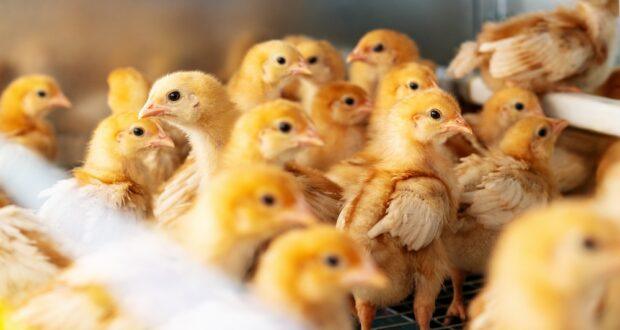Blog
Why the chicks in the yard are a response to fast egg prices and better health
Since the prices of eggs for grocery stores are still pending the budgets of households, more and more people turn to herds in the yard as a balanced, inexpensive solution. Spring is the perfect time to start, in stores and hatches offering a wide range of children.
But before you bring a powder box home, it is important to know what to look for and how to give them the best start in life. Choosing the right breeds, the right transport of the chicks and raising them carefully, will prepare you for a successful season-and a constant supply of eggs on the farm directly from the yard.
Choosing the right breeds for the production of eggs
I know that most readers without a network know most of these things, but the reminder is this year, taking into account political and economic issues. Having said that, let’s review:
Not all chickens are created even when it comes to laying. Some breeds are bred for meat, others to show, and some simply for company. But if you are looking for coherent layers of eggs, you will want to focus on proven manufacturers. Look for breeds known for high efficiency, resistance and calm temperaments.
Golden Cels, Isa Browns and other hybrid layers belong to the best performers, often placing five to six eggs a week after ripening. Rhode Island Reds, Australorps and Leghorns are also excellent choices, with reliable stacking records and strong constitutions. In the case of cooler climates, breeds such as Buff Orpington and forbidden rocks are popular, because they still lie well through the winter and do better than some lighter breeds.
It is also worth considering the mixture. A colorful herd with different races not only increases visual interest, but can sink cycles folding eggs and improve the dynamics of the herd.
Collecting healthy chicks
When buying chicks, look for alert, active birds with light eyes and clean feathers. Avoid any that seem lethargy, have falling wings or show signs of a sheet ass (a condition in which the droppings adhere to the ventilation area, which can be fatal, if untreated). Healthy chicks should be stable on the legs, breathing normally and energetically.
If you buy in a local agricultural store, watch the chicks behave in Brooder. Are they too focused under the heat lamp? This may mean that it is too cold. Will they unfold far and nozzle? It can be too hot. These tips can make it take care of how well the chicks have been taken care of.
Safe transport of the chicks
A safe chick party home is more than just throwing them into a box and hitting the road. Seals need heat – in the first week from 90 to 95 degrees Fahrenheit – so your car should not be too cold. Use a ventilated box lined with a towel or a paper towel to keep it warm and stable. If possible, avoid long journeys and go straight home after lifting them.
Move them around the house gently to the prejudiced Brooder. A simple configuration includes a safe container with bedding, food, water and a source of heat, such as an hatching lamp. The chicks are fragile, and sudden temperature changes can turn them up or kill them, so it’s ready before they appear, it is crucial.
Homemade eggs not only taste better, but are often more nutritious, especially if your feed chickens for insects and greenery.
Raising the chick to strong, healthy layers
Raising the chicks to maturity requires time and care, but it is incredibly satisfying. During the first few weeks, the chicks need consistent heat, pure bedding and fresh water all the time. Take them a high -quality channel channel of a chick with at least 18% protein to support healthy growth and development of feathers.
Watch out for signs of stress or disease such as focus, apathetic or diarrhea. Early intervention can save the life of the chick. Support them gently and regularly to build trust and give them room for stretching, scratching and discovering as he grow.
When they ripen, go to the breeder, it feeds at the age of about 6 to 8 weeks, and finally for layered feeding, when they begin to produce eggs, usually between the ages of 16 and 24 weeks depending on the breed.
Payment: fresh eggs and food safety
By mid -summer, you can collect fresh, golden eggs from your own yard. Homemade eggs not only taste better, but are often more nutritious, especially if your feed chickens for insects and greenery.
Because egg prices are wild, and the quality of eggs bought in the store sometimes doubtful, raising your own pig gives peace, a relationship with a source of food and often a little more than to share with friends or neighbors.
Backyard chickens are not just a response to rising egg prices-a step towards independence, sustainable development and joy. So this spring, if you’ve ever thought about starting your own herd, there was never a better time. He can simply see that the answer to expensive eggs is chirping in a hatchery in your own yard.

